Nikolaos Liakopoulos
Pick your Neighbor: Local Gauss-Southwell Rule for Fast Asynchronous Decentralized Optimization
Jul 15, 2022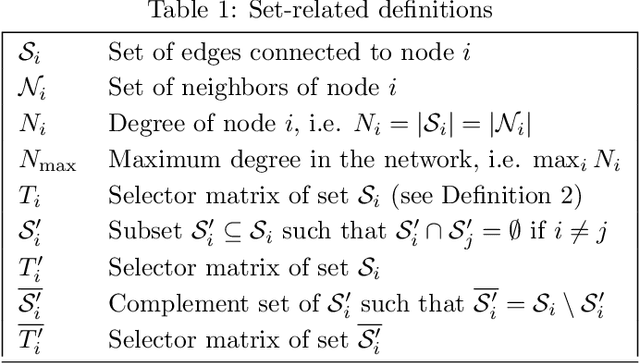
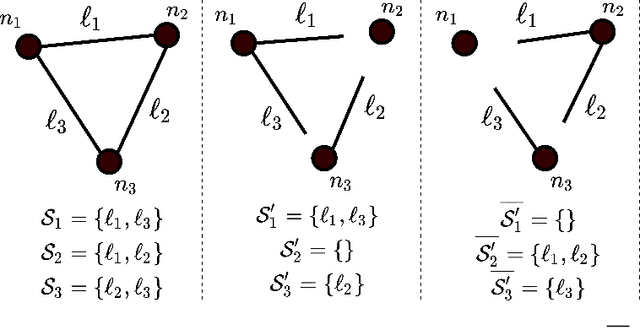

Abstract:In decentralized optimization environments, each agent $i$ in a network of $n$ optimization nodes possesses a private function $f_i$, and nodes communicate with their neighbors to cooperatively minimize the aggregate objective $\sum_{i=1}^n f_i$. In this setting, synchronizing the nodes' updates incurs significant communication overhead and computational costs, so much of the recent literature has focused on the analysis and design of asynchronous optimization algorithms where agents activate and communicate at arbitrary times, without requiring a global synchronization enforcer. Nonetheless, in most of the work on the topic, active nodes select a neighbor to contact based on a fixed probability (e.g., uniformly at random), a choice that ignores the optimization landscape at the moment of activation. Instead, in this work we introduce an optimization-aware selection rule that chooses the neighbor with the highest dual cost improvement (a quantity related to a consensus-based dualization of the problem at hand). This scheme is related to the coordinate descent (CD) method with a Gauss-Southwell (GS) rule for coordinate updates; in our setting however, only a subset of coordinates is accessible at each iteration (because each node is constrained to communicate only with its direct neighbors), so the existing literature on GS methods does not apply. To overcome this difficulty, we develop a new analytical framework for smooth and strongly convex $f_i$ that covers the class of set-wise CD algorithms -- a class that directly applies to decentralized scenarios, but is not limited to them -- and we show that the proposed set-wise GS rule achieves a speedup by a factor of up to the maximum degree in the network (which is of the order of $\Theta(n)$ in highly connected graphs). The speedup predicted by our theoretical analysis is subsequently validated in numerical experiments with synthetic data.
Model-Driven Artificial Intelligence for Online Network Optimization
May 30, 2018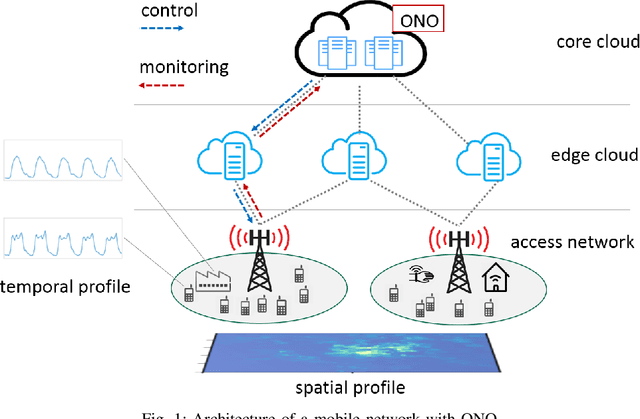
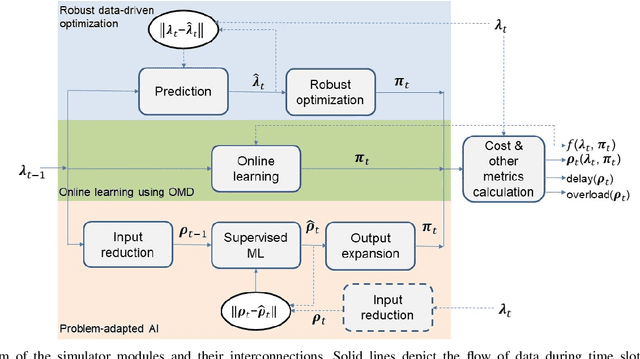
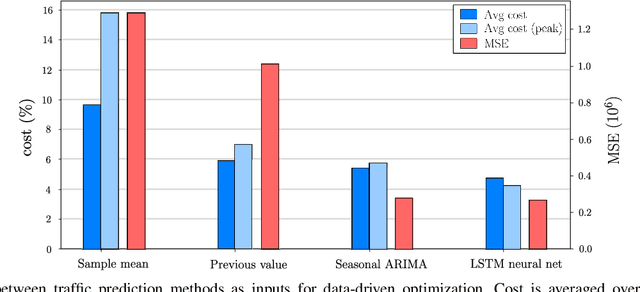
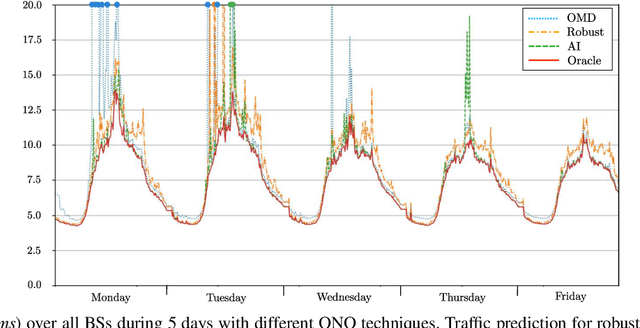
Abstract:Future 5G wireless networks will rely on agile and automated network management, where the usage of diverse resources must be jointly optimized with surgical accuracy. A number of key wireless network functionalities (e.g., traffic steering, energy savings) give rise to hard optimization problems. What is more, high spatio-temporal traffic variability coupled with the need to satisfy strict per slice/service SLAs in modern networks, suggest that these problems must be constantly (re-)solved, to maintain close-to-optimal performance. To this end, in this paper we propose the framework of Online Network Optimization (ONO), which seeks to maintain both agile and efficient control over time, using an arsenal of data-driven, adaptive, and AI-based techniques. Since the mathematical tools and the studied regimes vary widely among these methodologies, a theoretical comparison is often out of reach. Therefore, the important question "what is the right ONO technique?" remains open to date. In this paper, we discuss the pros and cons of each technique and further attempt a direct quantitative comparison for a specific use case, using real data. Our results suggest that carefully combining the insights of problem modeling with state-of-the-art AI techniques provides significant advantages at reasonable complexity.
 Add to Chrome
Add to Chrome Add to Firefox
Add to Firefox Add to Edge
Add to Edge